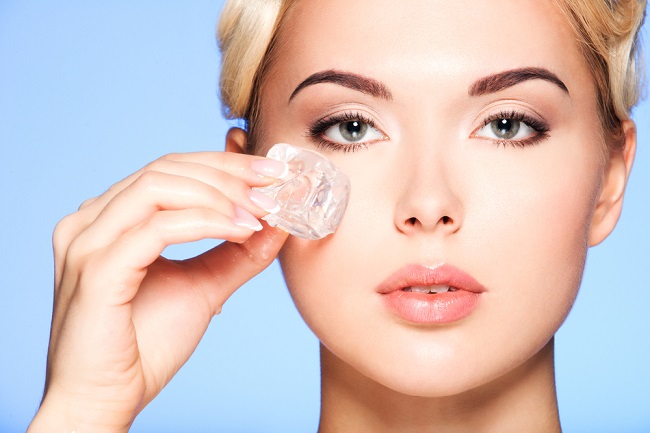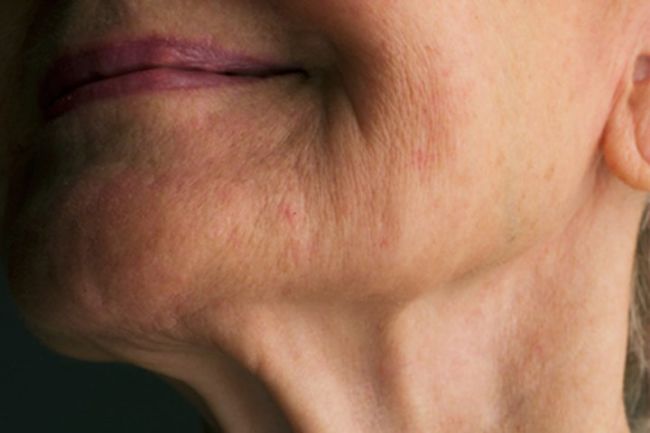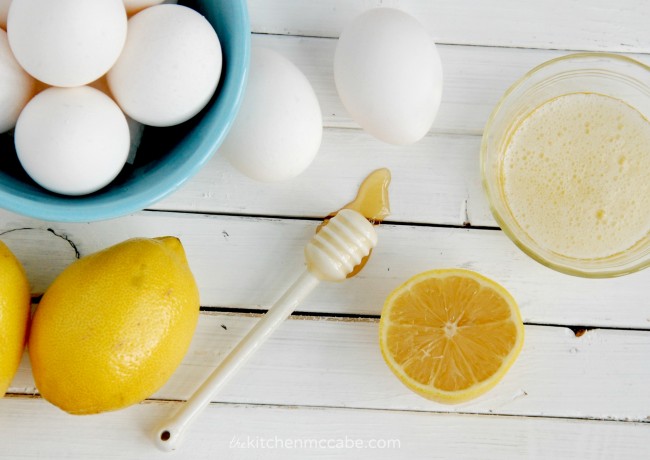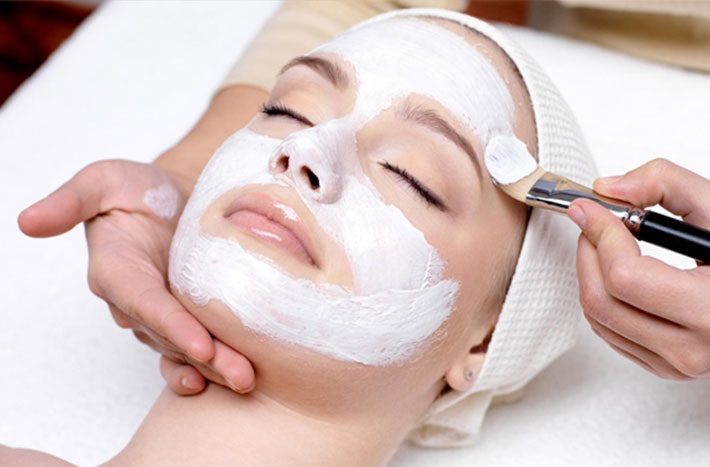Cloth or melasma is associated with estrogen and progesterone that increase the production of melanin, which is the pigment that gives color to our skin and causing brown and dark spots on the face.

Cloth is much more common in brown or darker-skinned people and usually occurs mostly in women between 20 and 50 years old, its appearance is usually more common in certain parts of the body such as the forehead, chin, upper mouth and cheeks. Among the most common causes by which the cloth is produced we can find the following: anxiety, stress, some medication or cosmetic, pregnancy, people suffering from thyroid or inheritance.
What is melasma and how to treat it
Melasma or cloth can be hereditary, if this is the case of someone affected with melasma, extra precautions should be taken: Such as avoiding exposure to the sun too much and if they are going to use a good blocker. As well as avoid consuming birth control pills.
When you decide to use any treatment to counteract the cloth or melasma it is important that you take great care so they are natural remedies as it could give you an adverse reaction.
It does not yet have a definitive cure but it is possible to reduce the spots a lot, although as well as they can be reduced they can still return at any time. The cloth is a more physical and aesthetic problem since it does not produce any kind of discomfort.
There are many professional treatments for melasma or cloth, such as: mechanical exfoliation (microdermabrasion), chemical exfoliation and laser therapy. Home remedies are always of great help and will allow us to reduce the appearance of the cloth, but it is always better to put ourselves in the hands of a specialist.
Home remedies to reduce melasma or cloths
We know that we are always looking for homemade recipes to prepare our own natural remedy, so here we will show you several that will surely serve you when it comes to wanting to combat those marks that for some reason appear in our complexion and take away our tranquility.
- Banana: Apply a mask made with the puree of a crushed banana and leave it for about 15 minutes, perform this procedure about 4 times a week. If your skin responds to it, you can see that the spots will be reduced quite a bit.
- Eggplant: Open a well-ripe eggplant and remove the pulp. Create dough and apply it to the affected areas. You can do it twice a week and evaluate the results.
- Egg: Beat an egg white and apply it with a brush on the cloth in the morning and evening.
- Milk, lemon and honey: 2 tablespoons lemon juice, 4 tablespoons honey, 2 tablespoons milk powder. Mix everything until you create a paste. We place it on the face and leave it for 20 minutes. Wash and then apply natural yogurt for 10 more minutes and then rinse with plenty of water.
- Onion and Vinegar: Crush an onion and then mix it well with a jet of vinegar. We place it directly on the stain for 10 minutes. And then we rinse.
- Oxygenated water: Moisten cotton in a little oxygenated water and massage it through the area where the cloths are, then rinse.
- Turmeric: The turmeric present in turmeric has antioxidant properties and helps to whiten the skin. To do this mixes 5 tablespoons of turmeric with 10 tablespoons of milk and form a paste. Apply this mask to the affected area and let it sit for about 20 minutes.
- Aloe vera gel: The mucilaginous polysaccharides present in aloe vera can reduce skin hyperpigmentation, also helping to eliminate dead cells. Apply this gel directly to the skin and let it act for about 15 minutes.
- Oatmeal: This flour acts as an exfoliating agent of the skin, managing to remove dark and brownish spots from our skin. Create a mask with 2 tablespoons of milk, two tablespoons of oatmeal and one tablespoon of honey. Cover the stained area for about 20 minutes and remove with plenty of water.
- Papaya: Papain is an enzyme present in this fruit and with which you can reduce the dark tones in the skin produced by the cloths, acts as an exfoliant and can repair our skin. The type of spots on the skin that papaya can treat is both those produced by a diseased liver or by melasma.
Providing vitamin C
Many people say that taking vitamin C has helped them reduce stains or cloths, just by looking at the bottle you can know what the dose indicated daily is and you get it at any pharmacy.
If you go to the dermatologist for problems of cloths or stains it is very common to prescribe a cream with hydroquinone. Since it has a bleaching ingredient. This cream is available in any pharmacy and they sell it without any prescription, but this type of creams has been involved in many controversies since it is discussed whether or not hydroquinone can be a cause of skin cancer, so it is always more advisable to opt for natural products.
Melasma or cloth is only a change in skin color, but it can still cause a lot of suffering or concern regarding the appearance of the person who suffers from it. The spots almost always have a uniform brown hue and appear in the same way on both sides of the face. The dermatologist may prescribe creams containing hydroquinone, tretinoin, azelaic acid, topical or chemical steroid creams, and laser treatments in some cases where stains are more severe and abundant.
After following the appropriate treatment, melasma usually disappears but keep in mind that it can still come back. The doctor always recommends that to prevent the appearance of any type of blemish, wrinkles and even cancer on the skin, we should always apply a generous amount of sunscreen before exposing ourselves to the sun, so you should keep this advice in mind.









